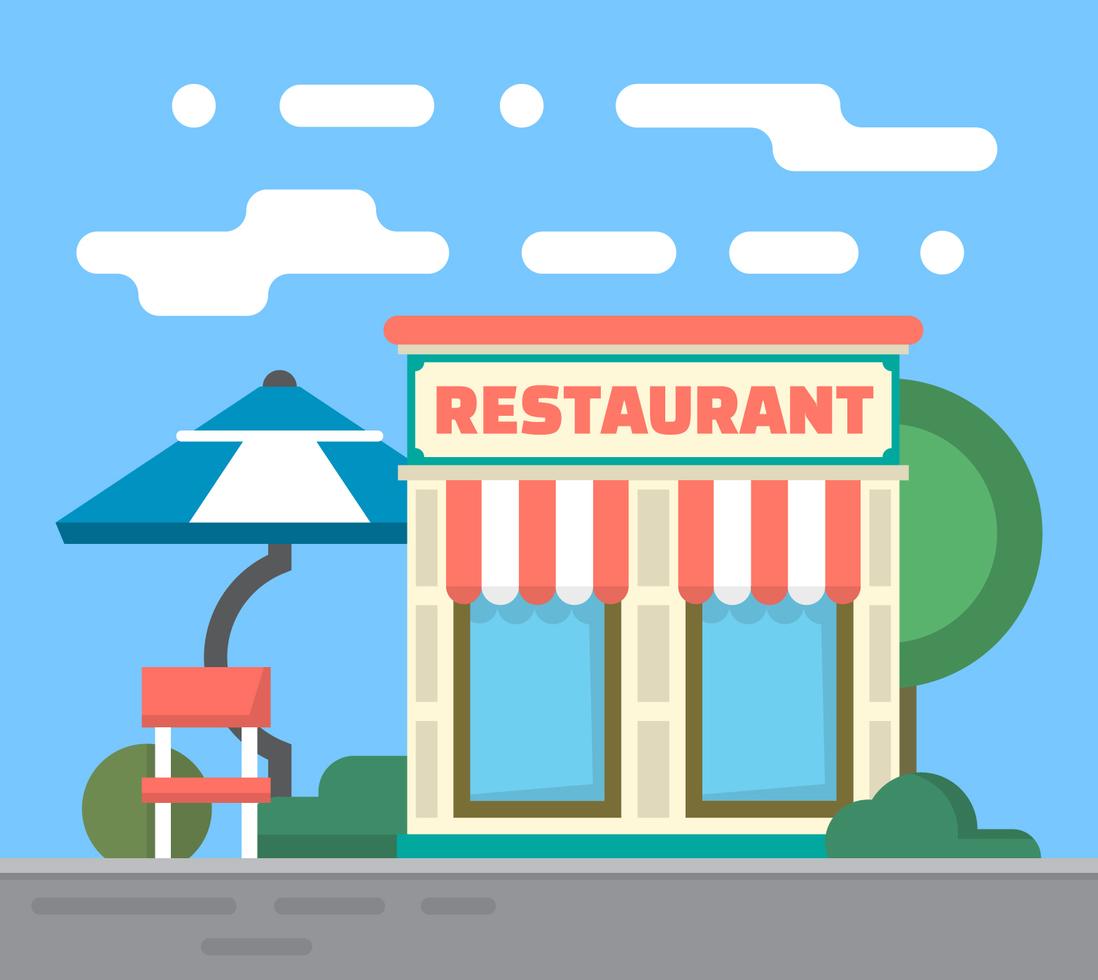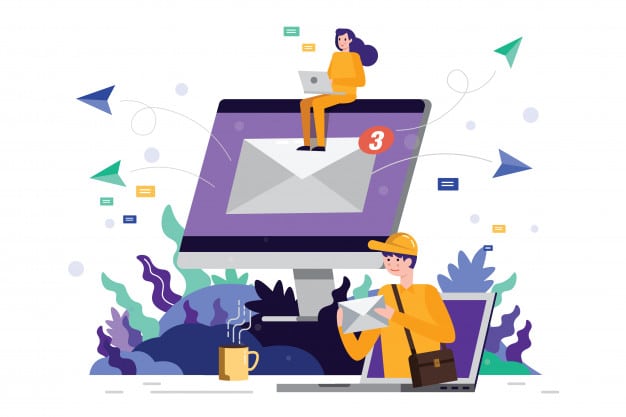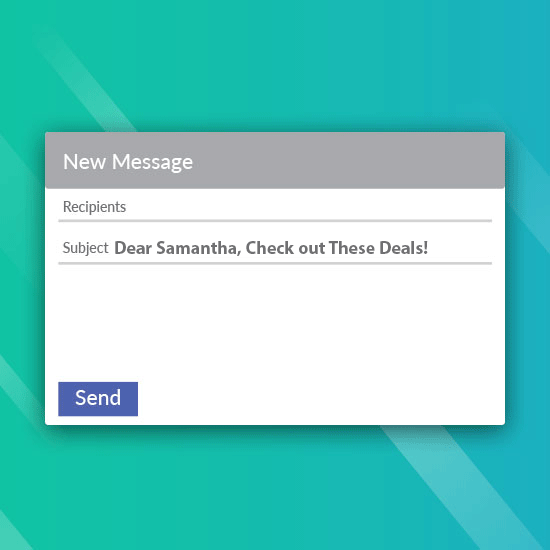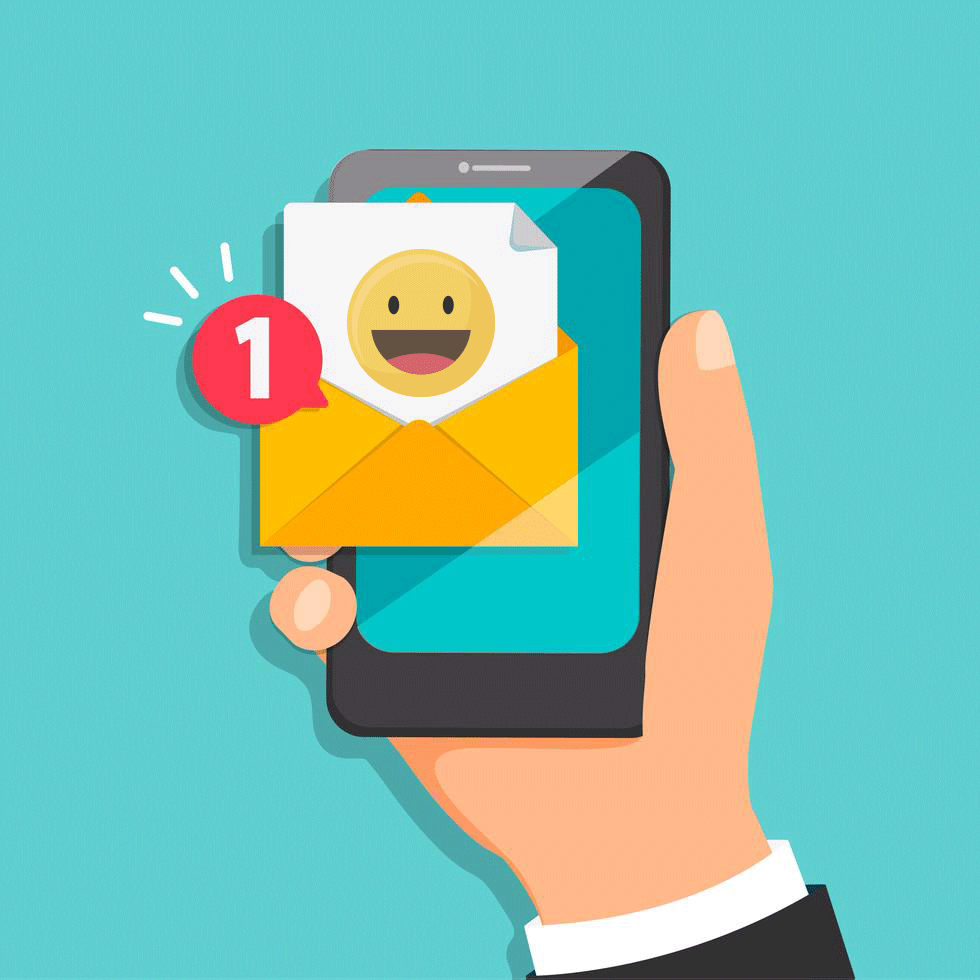How to Grow Your Restaurant Business with Email Marketing
Are you searching for new ways to bring customers to your restaurant? If so, you’re not alone. Millions of restaurants across the world face the same dilemma, and that’s because it’s naturally challenging to convince most consumers to trust you with their hard-earned money.
What’s more is that purchasing promotions don’t make the task any easier. Not only are promotions somewhat ignored by the Millennial generation, but they are also expensive if you’re trying to scale your marketing efforts in a major way. Also, overusing coupons in an attempt to gain consumer attention can severely reduce your profit margins.

In other words, you may have customers coming to your restaurant, but you may not be making as much money as you normally would. So, what’s the solution to filling more seats in your restaurant?
The answer is simple and it’s been around for decades. As you’ve probably guessed, email is your best shot.
85% of adults and 78% of teenagers use email every day. With over 280 billion emails being sent each day, email is one of the most prolific forms of global communication. Fortunately, you can utilize a process known as email marketing to grow your restaurant.
In this article, you will learn several fundamental email marketing tips that will help you gain more business.











